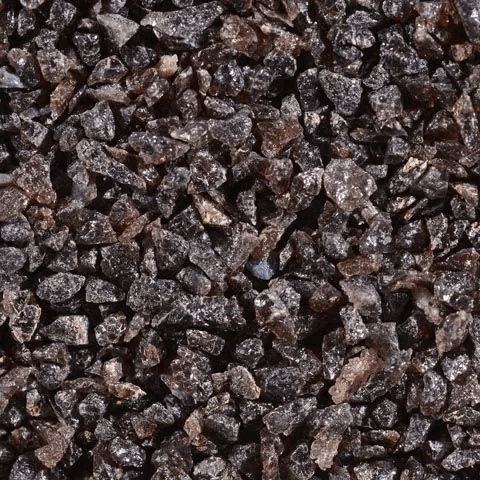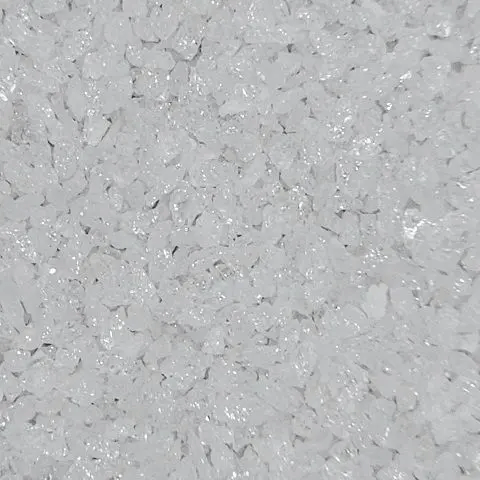
Corundum is an aluminum oxide that can be found in nature as a mineral; in the industrial field is used synthetic corundum which is cheaper than the natural one and is obtained by the fusion of bauxite.
It is a non-toxic abrasive, in fact it does not contain free silica and other components harmful to health, unlike other cheaper products that are used for sandblasting.
The main feature of corundum is its high hardness (9 Mohs: only one point lower than diamond) which guarantees an exceptional abrasive capacity and the speed in obtaining the required result on any type of material. Having a high impact resistance, it is particularly suitable when the abrasive can be recycled during sandblasting process. The various types and the wide range of particle sizes allows to respond to every need in terms of roughness and surface finishing.
The high degree of purity and the absence of contaminants make it possible to obtain surfaces that are perfectly clean and ready for subsequent processes.
The types of aluminum oxide used in the sandblasting are:
- Red/brown corundum is mostly composed of aluminum oxide and is therefore practically free of iron. A special composition makes this angular mineral extremely stable and combines the properties of hardness and density. It is used for aluminum sandblasting, steel carpentry, production of abrasive wheels, screen printing of stone and glass. The red-brown colored corundum is less pure than white corundum.
2. White corundum is composed of crystalline aluminum oxide which is obtained from the fusion of alumina. It is characterized by high purity and has a highly regular shape. It is used as a non-ferrous and aggressive blasting material, in cases where ferrous contamination must be strictly avoided: it is mainly used in special applications (aeronautical sector or reactor construction) for example in the cleaning of stainless steels, aircraft and turbine components, non-ferrous metals and their alloys, plastics or glass.
A possible alternative to corundum, especially if the sandblasting system provides for the recovery of the abrasive, is to use stainless steel shots and grits.
Stainless steel shots and grits have the advantage of being able to be used for blasting operations on aluminum and non-ferrous metals and stainless-steel parts, such as corundum, but with the same quantity it allows a higher number of cycles, consequently generating less waste and significantly reducing the emission of dust during the process. The Stelux range of spherical and angular stainless-steel shot has been designed to specifically respond to this type of need.









